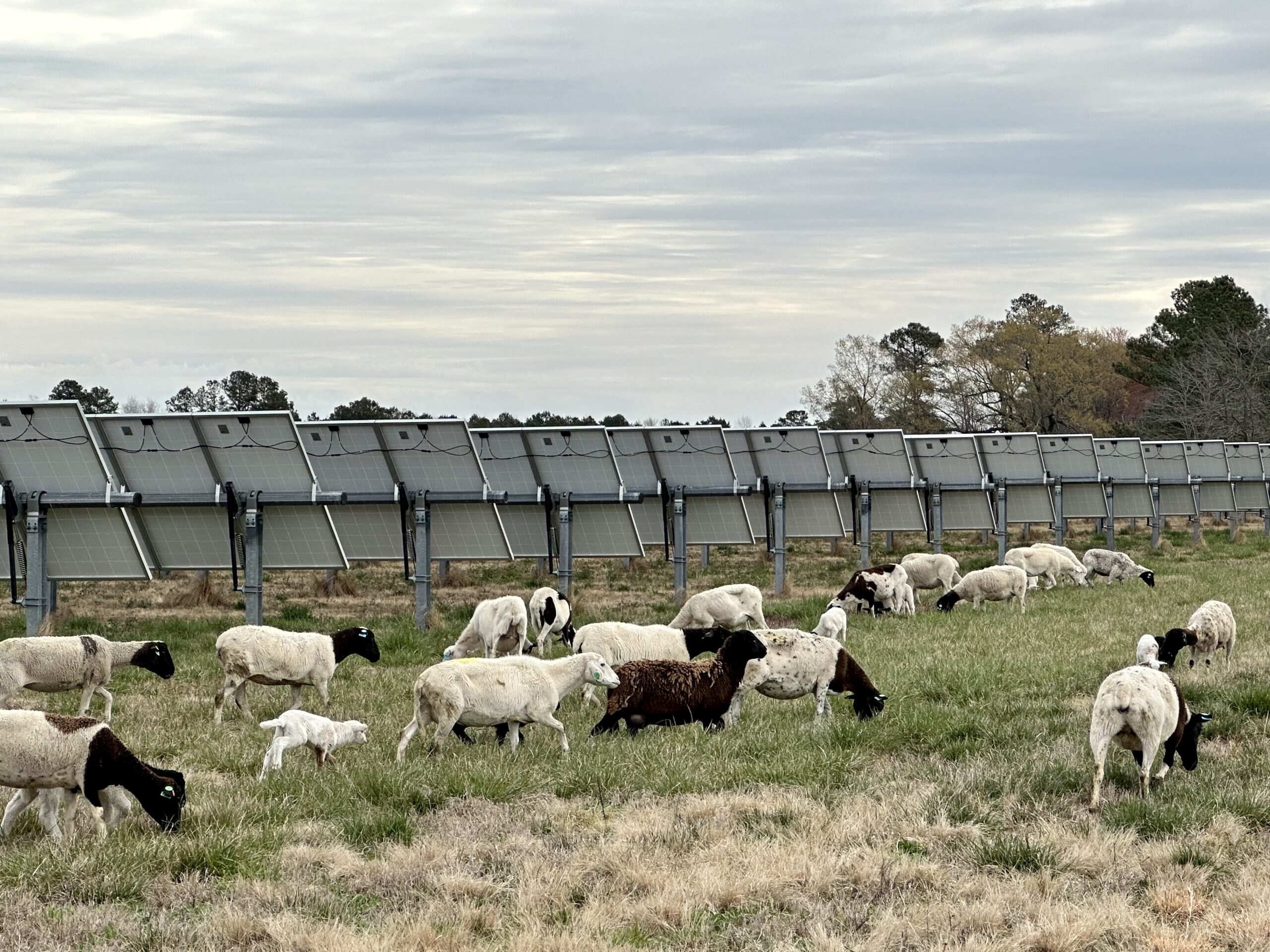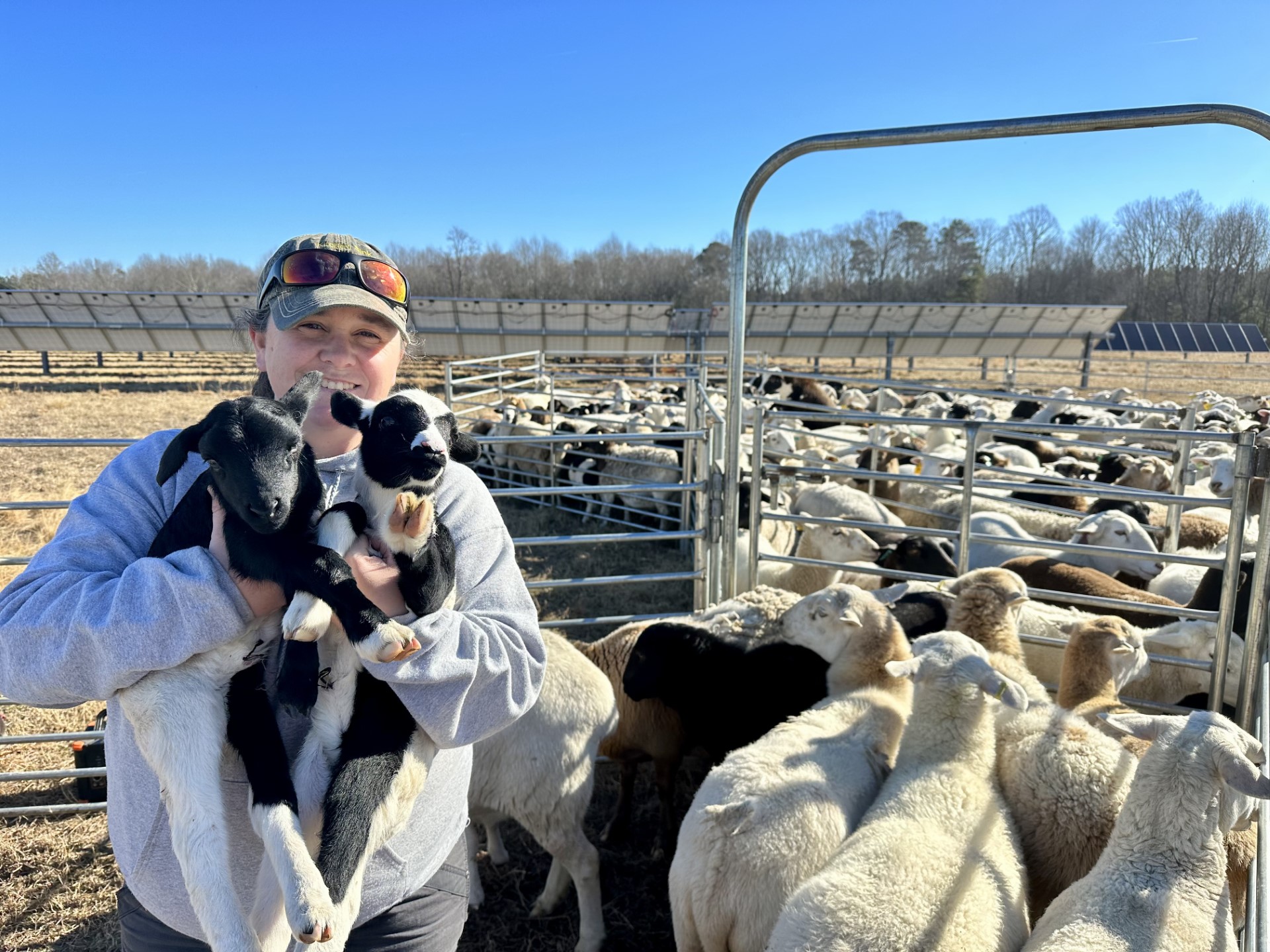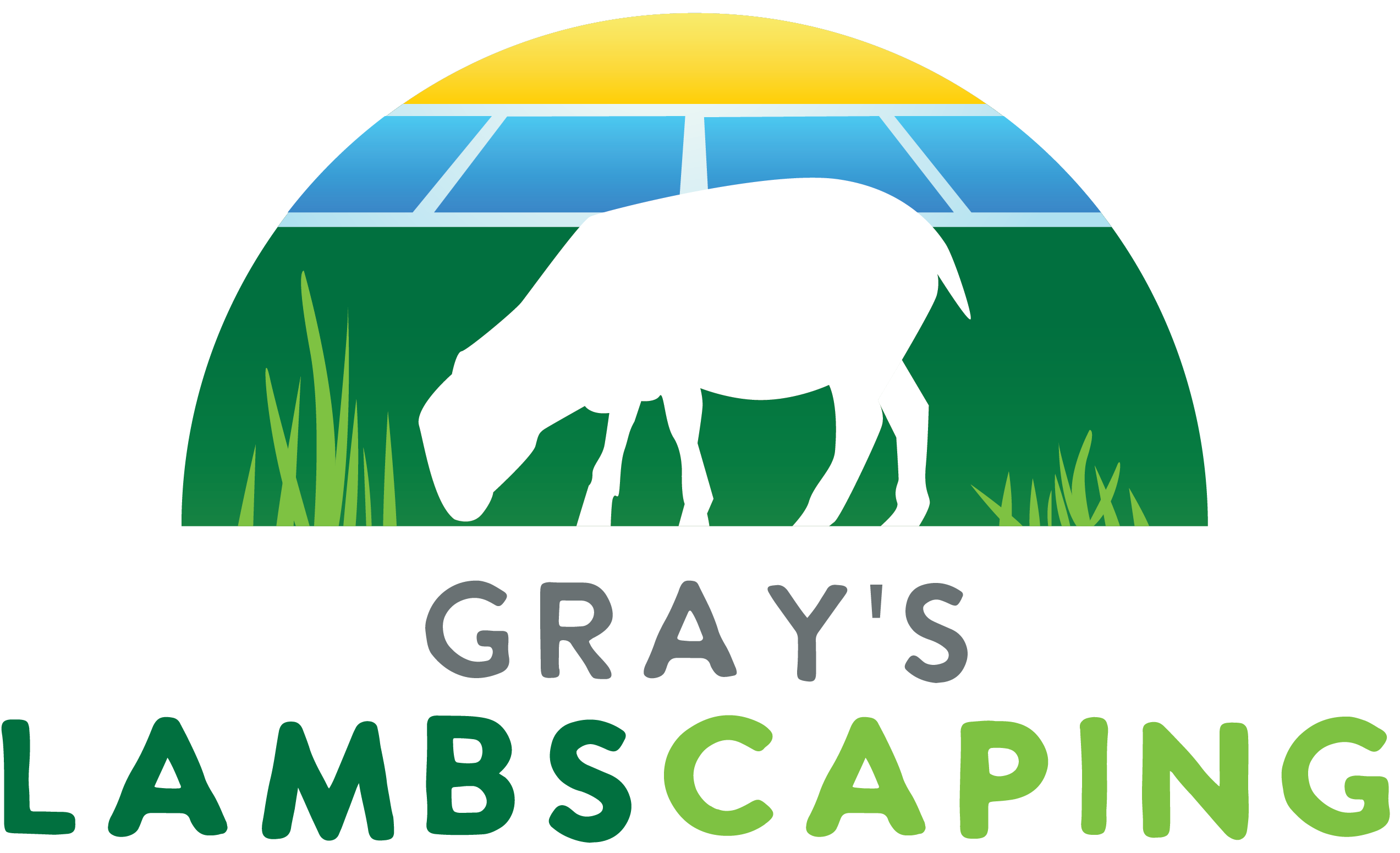How To Start Solar Grazing
By: Jess Gray · Jan. 26, 2024 · 6 min
Interested in learning how to start solar grazing on your site? You’re not alone. Agrivoltaics has grown significantly in popularity over the past few years. Unlike traditional mowing or chemical herbicides, sheep naturally control grass and weed height, ensuring solar panels operate at peak efficiency by preventing shading while also contributing to the health of the land. Integrating sheep grazing practices on solar farms offers numerous benefits, including:

Step 1: Assess Site Suitability
The first step is to assess the suitability of the land for solar grazing. Considerations include the size of the solar farm, the type of vegetation, and the availability of water and fencing. Solar farms with ample space between rows of panels are ideal for easy sheep movement. A good site for solar grazing combines the conditions for efficient solar energy production and sustainable livestock grazing. Here are the key factors that make a site suitable for solar grazing. Selecting a site that meets these criteria can lead to a successful solar grazing operation that maximizes renewable energy production while supporting sustainable agricultural practices.
Our Site Suitability Checklist
Step 2: Conduct Regulatory Affairs
To legally operate your solar farm, you will need to obtain various permits and licenses. These may include permissions for connecting to the power grid, land conversion, and hiring labor for construction and operation. Familiarize yourself with the specific requirements in your jurisdiction to ensure full compliance. Securing the right insurance coverage is essential to safeguard against financial risks. Liability insurance is vital for protecting against injuries on your property, while additional policies may cover damage or loss of solar equipment.
Step 3: Prepare Initial Assessment and Agreements
Begin with detailed assessments of the solar farm’s suitability for grazing, including vegetation types, water access, and fencing needs. Based on this analysis, your solar grazing provider will develop a multi-year vegetation management plan, offering the most cost-effective alternative to routine mowing services. You’ll negotiate and sign agreements outlining both parties’ responsibilities, financial arrangements, and legal obligations.
Step 4: Make Infrastructure Adjustments
You may need to adjust the solar farm’s infrastructure to accommodate rotational grazing, such as installing or modifying fencing, gates, and water sources.

Step 5: Search for a Reliable, Well-Established Grazing Team
Look for an experienced company that implements a rotational grazing system. This ensures that vegetation is evenly grazed, promoting regrowth and preventing overgrazing. Rotational grazing also improves biodiversity, soil structure, and carbon sequestration, promoting herd health and pasture drought resilience. Your grazing company should invest in regular health checks for their flock to prevent disease, minimize liability, and ensure the animals are fit for grazing. They should also invest in an on-call veterinarian to address emergencies. Initial contracts with solar grazing companies are usually a minimum of two years.
Step 6: Scale Up
Based on the program’s success, you may choose to extend contracts to 5 or 10-year terms. This phase involves fine-tuning the number of animals, grazing patterns, and timing to optimize vegetation management and animal welfare. Scaling up grazing operations on-site should occur naturally as ewes continue to lamb each spring. Through natural flock growth, the grazing sheep are fully adapted to the solar site within just one generation.
Step 7: Monitor and Adjust
Continuous monitoring of vegetation growth, soil health, solar panel efficiency, and animal health is essential. You’ll adjust grazing practices as needed to address any issues or inefficiencies identified.
Step 8: Assess Environmental Impact
By now, you should start to see the longer-term environmental benefits of solar grazing, such as improved soil health, increased biodiversity, and reduced carbon footprint from traditional vegetation management practices.

Step 9: Refine Economic Models
Over time, grazing pays off. Each year, less mowing and site maintenance labor is required. The sheep do the work for you. With a long-term grazing contract, you’ll better appreciate the financial benefits of solar grazing, including savings on vegetation management costs and potential revenue associated with panel longevity and productivity.
Step 10: Overcome Hurdles
Expect to face and overcome challenges with your solar grazing company, such as adjusting to unexpected vegetation growth patterns, dealing with weather impacts, and ensuring the solar infrastructure remains protected and efficient.
Step 11: Promote Your Positive Story
Now that you have an effective solar grazing operation, it’s time to leverage your hard work by developing a public relations campaign. Start by crafting compelling stories that showcase the environmental and economic benefits of combining renewable energy production with agricultural practices. Share these narratives through press releases, social media, blogs, and local community events. Engage local schools and environmental organizations in learning programs to further amplify awareness. Publicizing these efforts positions helps enhance your brand’s value, attract investors interested in green technologies, and pave the way for future projects by demonstrating the practical benefits and success of renewable practices.
About Jess
Jess Gray is the CEO of Gray’s LAMBscaping, LLC, overseeing the company’s financial management, policy development, logistics, and reporting. As a 2023 Nuffield International Agricultural Scholar, Gray has represented her company in over half a dozen countries, focusing her research on integrating solar energy with livestock grazing.



